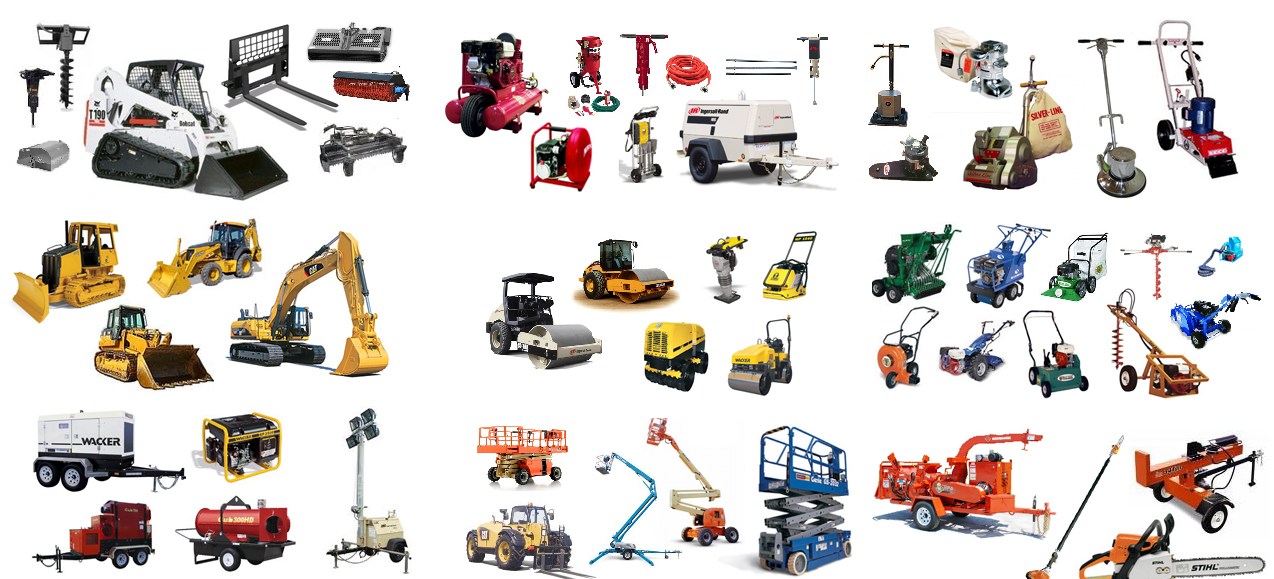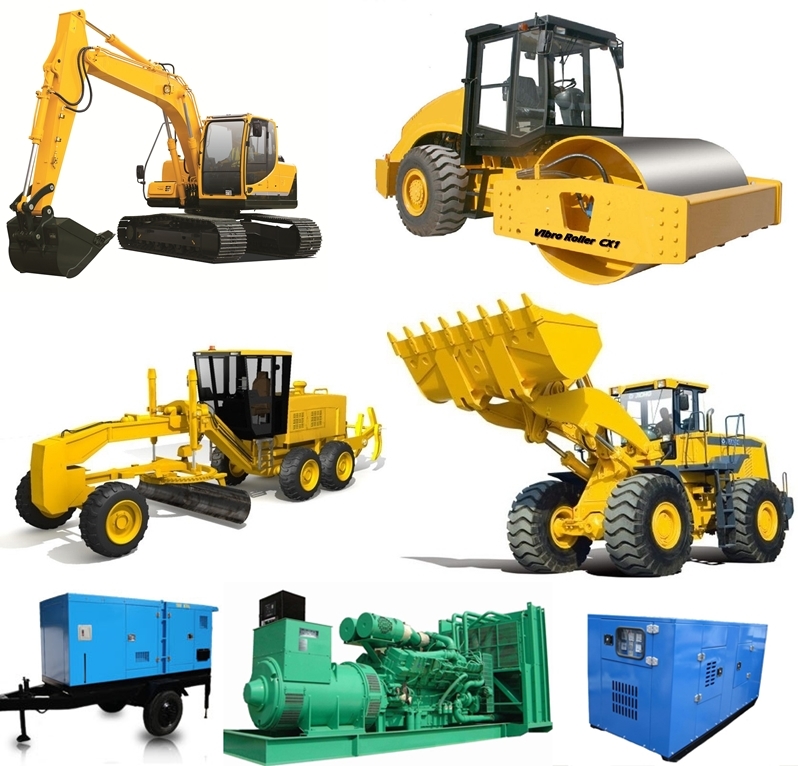Maximize Your Budget by Recognizing the Expenses Related To Construction Tools Leasings
Recognizing the complete scope of expenses linked with building equipment rentals is crucial for maximizing your budget plan. What approaches can be employed to successfully manage these expenses and make certain a more efficient rental experience?
Summary of Rental Costs
When taking into consideration construction devices services, understanding the linked costs is critical for effective budgeting and project preparation. Rental expenses can differ considerably based on several aspects, including devices kind, duration of leasing, and area. The preliminary rental fee commonly reflects the devices's market demand and its linked operational capacities, influencing the general expenditure.
Along with the base rental price, ancillary prices may occur, such as transport costs, gas surcharges, and upkeep costs. It is vital to make up these added costs to accurately examine the complete price of renting equipment. In addition, the rental period can influence rates; longer services may qualify for affordable rates, while short-term rentals may sustain greater daily costs.

Breakdown of Rental Rates
An extensive understanding of rental rates is important for professionals and project managers intending to enhance their spending plans. Rental prices for building equipment normally contain numerous elements, including base prices, time-based fees, and usage charges.
Base prices are the core costs linked with the leasing of the equipment, often figured out by the kind and dimension of the equipment. These rates can differ substantially, influenced by factors such as tools demand, availability, and local market trends. Time-based charges, which might be daily, weekly, or monthly, serve to suit various project timelines and rental periods.
Additionally, rental prices may include use fees, which are applicable when tools is used beyond a specified threshold, making sure that the rental firm can represent wear and tear. Seasonal need fluctuations can also influence rental rates, with peak building and construction seasons typically commanding greater prices.
In addition, comprehending the rental firm's policies concerning upkeep and insurance coverage can provide additional understanding into the overall cost structure. By assessing these components, service providers can make enlightened decisions, making certain the selection of rental equipment straightens with both project needs and budget restrictions.
Extra Charges to Take Into Consideration
Comprehending the complexities of additional fees is important for contractors to manage their overall service expenses successfully. Past the standard rental prices, various supplementary fees can dramatically influence the complete expense of equipment service. These fees often include delivery and pick-up fees, which can vary based on distance and logistics involved in transporting the equipment to and from the job website.
Moreover, some rental companies might enforce fuel surcharges if the tools is returned with much less gas than when leased. It is also important to understand potential cleansing costs, especially for specific devices that needs thorough maintenance after usage.

Extensively examining the rental contract and clearing up these additional charges upfront can assist professionals avoid unanticipated expenses and ensure that spending plans stay undamaged throughout the project lifecycle.
Repair And Maintenance Expenses
Routine maintenance and repair work costs are often ignored factors that can considerably affect the total expense of building equipment services. When renting devices, it is essential to consider not just the rental costs however also the prospective prices related to keeping the equipment in optimal operating problem.
Several rental firms include fundamental upkeep as component of the rental arrangement; however, a lot more unforeseen failures or extensive fixings can bring about added expenses. It's necessary to assess the rental agreement meticulously to comprehend what maintenance services are covered and what obligations drop on the occupant.
Furthermore, equipment that is not well-maintained can result in ineffectiveness on duty site, potentially causing delays and increasing job expenses. To reduce these risks, published here it is recommended to carry out routine assessments and preserve open communication with the rental supplier relating to any kind of issues that emerge during usage.
Insurance Policy and Responsibility Prices
Insurance coverage and obligation prices are crucial components that can significantly influence the general cost of construction equipment services (scissor lift rental). These costs ensure that both the rental firm and the client are protected from possible monetary losses occurring from crashes, damages, or theft throughout the rental period

Furthermore, customers should recognize any type of deductibles or exclusions in the insurance plan, as these can impact potential out-of-pocket expenses. Understanding the conditions of any type of insurance coverage is essential to prevent unexpected expenses. Eventually, budgeting for insurance and obligation costs can aid make certain a special info smoother rental experience and safeguard versus economic risks associated with building and construction projects.
Conclusion
In final thought, a thorough understanding of the prices connected with building and construction devices rentals is vital for efficient budget monitoring. Inevitably, informed decision-making concerning devices rentals adds to the general success of building endeavors.
Rental prices can vary significantly based on several elements, including tools kind, duration of rental, and area (rental company near me). The rental period can influence prices; longer rentals may certify for reduced prices, while short-term services may sustain higher daily fees
By conducting comprehensive study and engaging with reliable rental firms, professionals can properly browse the intricacies of rental prices, ultimately optimizing their monetary sources.
Beyond the standard rental rates, numerous supplemental fees can dramatically influence the total expense of tools rental. Rental business commonly offer obligation insurance that covers injuries to 3rd parties or damage to residential or commercial property, while tools damage insurance coverage can cover the price of repairs or replacement if the leased tools is damaged.